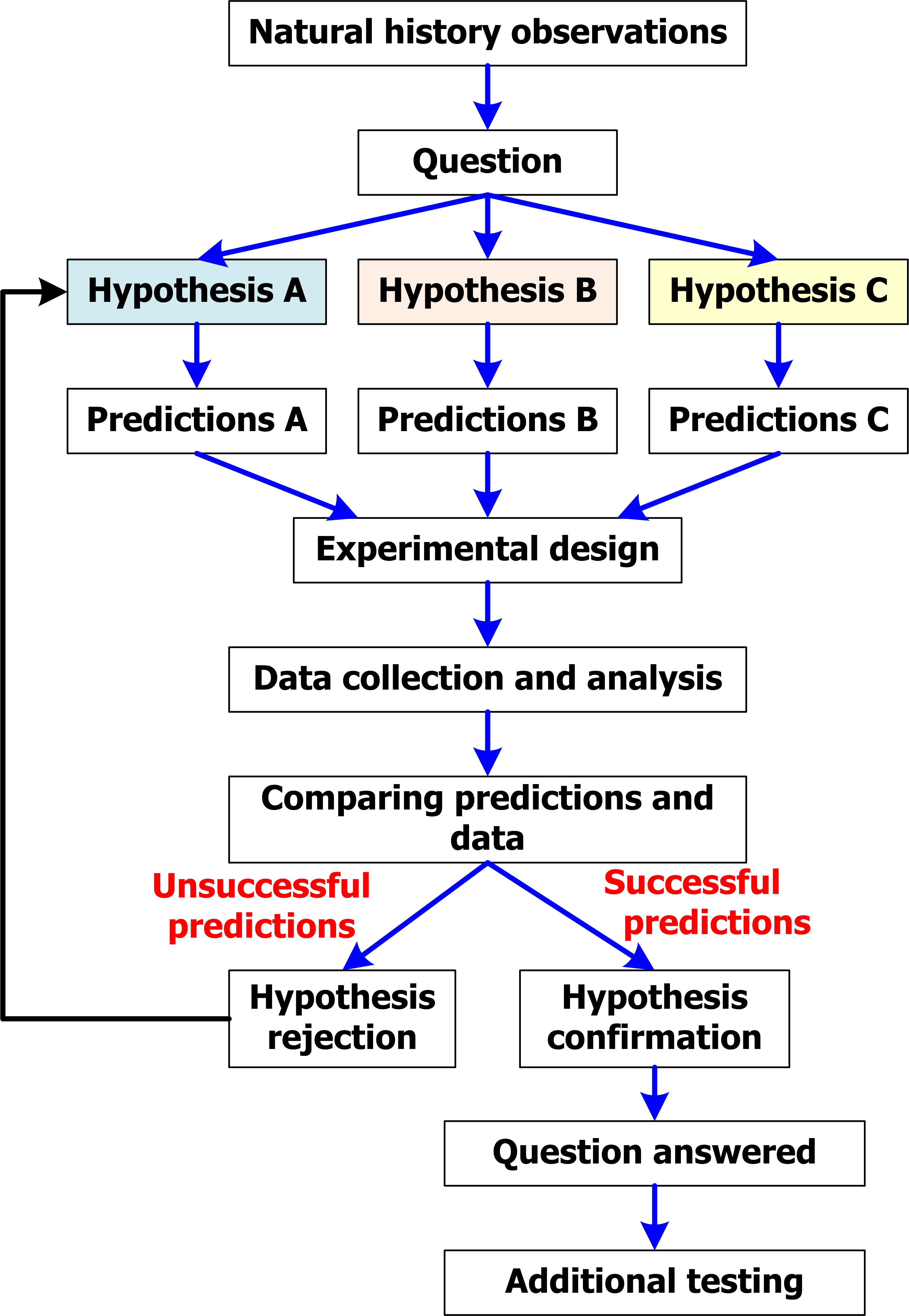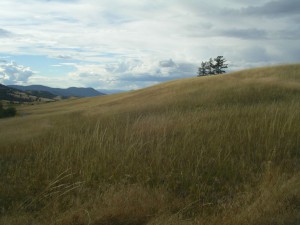| Angert Amy, Canada Research Chair in Conservation Ecology, Assistant Professor, University of British Columbia |
| Arcese Peter, FRBC Chair in Applied Conservation Ecology, Professor, University of British Columbia |
| Baker Sandra, Senior Environmental Assessment Specialist, RP Bio, n/a |
| Baute Gregory J. , PhD Candidate, University of British Columbia |
| Bears Heather, Wildlife Ecologist, PhD, Zoetica Wildlife Research Services |
| Bestbier Regina, Research Assistant, University of British Columbia |
| Beyers Rene, Associate Researcher, University of British Columbia |
| Bomke Art, Professor Emeritus, University of British Columbia |
| Bradfield Gary, Associate Professor, University of British Columbia |
| Brotz Lucas, PhD Student, University of British Columbia |
| Bunnell Fred, Professor Emeritus, University of British Columbia |
| Burton Philip J., NW Regional Chair, Associate Professor, UNBC |
| Burton Carla, Phd, Symbios Research and Restoration |
| Byers Sheila, Registered Professional Biologist, Beaty Biodiversity Museum |
| Cannings Richard, Senior Programs Biologist, Bird Studies Canada |
| Carefoot Tomas, Professor Emeritus, University of British Columbia |
| Christensen Villy, Professor, University of British Columbia |
| Clark Trisha, Research Technician, University of British Columbia |
| Cockle Kristina, NSERC Post-doctoral Fellow, Louisiana State University |
| Cooke James, Lecturer, University of British Columbia |
| Couch Brett, Instructor, University of British Columbia |
| Cumming Preston, Post-Doctoral Fellow, University of British Columbia |
| Davis Helen, Senior Wildlife Biologist, Artemis Wildlife Consultants |
| Doebeli Michael, Fellow of American Association for the Advancement of Science, Professor, University of British Columbia |
| Durand Ryan, Senior Ecologist, RP Bio. , Durand Ecological Ltd. |
| Dykstra Pamela, Master of Resource Management, RP Bio, PR Dykstra & Associates Resource Management Ltd. |
| Enns Katherine, MSc RP Bio., Delphinium Holdings Inc. (formerly Larkspur Biological Consultants Ltd.) |
| Fenneman James D., PhD Candidate, University of British Columbia |
| Fraser Lauchlan, Professor, Thompson Rivers University |
| Frid Leonardo, Systems Ecologist, Apex Resource Management Solutions Ltd. |
| Gibeau Pascale, RP Bio. PhD Student, Simon Fraser University |
| Gillis Elizabeth, Professor, Vancouver Island University |
| Gosselin Louis, Associate Professor, Thompson Rivers University |
| Hackinen Alisha, MSc Student, University of British Columbia |
| Halsey T. Gordon |
| Harrison Bruce, Registered Professional Biologist, Independent Practicing Biologist |
| Hauert Christoph , Associate Professor, University of British Columbia |
| Hehenberger Elisabeth, Post-Doctoral Fellow, University of British Columbia |
| Henry Greg, Professor, University of British Columbia |
| Hill Ryan, Professional Biologist, Azimuth Consulting Group Partnership |
| Hodges Karen, Associate Professor, University of British Columbia |
| Hoffos A Robin, Naturalist, Citizen |
| Houde Isabelle, MSc. RP Bio, Association of Professional Biology |
| Irwin Darren, Associate Professor, University of British Columbia |
| Javney Mohr Carmelle, Junior Fellow, The Chester Ronning Centre for the Study of Religion & Public Life |
| Jose Mereno Geraldes Armando, Research Associate, University of British Columbia |
| Kaytor Benita, MSc student, UNBC |
| Kerry Mara, Director of Science and Policy, David Suzuki Foundation |
| Koot Cathy, Research Coordinator, RP Bio, University of British Columbia |
| Krzic Maja, Professor, University of British Columbia |
| Ladell Jason, Registered Professional Biologist, Independent Practicing Biologist |
| Larsen Karl, Professor, Thompson Rivers University |
| Latimer Susan, Registered Professional Biologist, Independent Practicing Biologist |
| Lawson Julia, MSc student, University of British Columbia |
| Le Renard Ludovic, PhD Candidate, University of British Columbia |
| Leathem Jamie, MSc student, University of British Columbia |
| Leduc-Robert Genevieve, MSc student, University of British Columbia |
| Leering Gerry, Registered Professional Biologist, past President, Association of Professional Biology |
| Lehmann Crysta, n/a, University of British Columbia |
| Leskiw Leonardo, Senior Soil Scientist, Paragon Soil and Environmental Consulting |
| Letaw Alathea, PhD Candidate, University of British Columbia |
| Lewis Alan, Professor Emeritus, University of British Columbia |
| Lin Sherry, University of British Columbia |
| Lion Christine, Environmental Scientist, Stantec |
| Lussier Jason, University of British Columbia |
| Machmer Marlene M., Registered Professional Biologist, Pandion Ecological Research Ltd. |
| Mahon Todd, Wildlife Ecologist, RP Bio, Wildfor Consultants Ltd |
| Martone Patrick T., Associate Professor, University of British Columbia |
| Matthewson Lisa, Professor Emeritus, University of British Columbia |
| McCune Jenny L, Liber Ero Postdoctoral Fellow, University of Guelph |
| McGrath Kate , student, University of British Columbia |
| Millen Sandra, Sr. Instructor Emerita, University of British Columbia |
| Mobach Annmarie, self-employed |
| Moore Jonathan, Liber Ero Chair of Coastal Science and Management, Assistant Professor, Simon Fraser University |
| Morien Evan, Bioinformatician, MSc, University of British Columbia |
| Mosquin Daniel, Research Manager, University of British Columbia |
| Moyers Brook, PhD Candidate, University of British Columbia |
| Neill William E., Professor Emeritus, University of British Columbia |
| Neville John, President, BC Nature (Federation of BC Naturalists) |
| Osmond Matthew, PhD Candidate, University of British Columbia |
| Pollock Carol, Director of 1st Year Biology, Professor of Teaching, University of British Columbia |
| Power Damian, Registered Professional Biologist, Wolfhound Wildlife Services |
| Rahme Ann, Biologist, Fisheries and Oceans Canada |
| Reid Anya, PhD Student, University of British Columbia |
| Rieseberg Loren, Professor, University of British Columbia |
| Rodgers Thea, student, University of British Columbia |
| Rogic Sanja, Research Associate, Center for High-Throughput Sequencing |
| Rudman Seth, PhD Candidate, University of British Columbia |
| Ruskey Jennifer, MSc student, University of British Columbia |
| Salomon Anne, Assistant Professor, Simon Fraser University |
| Samuels Lacey, Botany Department Head, Professor, University of British Columbia |
| Scholer Micah, PhD Candidate, University of British Columbia |
| Seghers Ben, Lecturer (retired), Oxford |
| Shartau Ryan, PhD Candidate, University of British Columbia |
| Siegle Matthew, PhD Candidate, University of British Columbia |
| Smith Jackie, Senior Manager, RP Bio. P Ag., SLR Consulting Ltd |
| Snyder Joan, PhD, RP Bio. , Retired |
| Soto Marybel, MSc Student, University of British Columbia |
| Stafl Natalie, MSc Student, University of British Columbia |
| Starzomski Brain, Assistant Professor, University of Victoria |
| Steele Fiona, Senior Biologist, Diamond Head Consulting Ltd. |
| Suarez Adriana, PhD Candidate, University of British Columbia |
| Sullivan Tomas, Professor, University of British Columbia |
| Thiel Bryanna, MSc student, University of British Columbia |
| Thorley Joseph, PhD, RP Bio. , Poisson Consulting |
| Tonya Ramey, PhD Candidate, University of British Columbia |
| Turkington Roy, Professor, University of British Columbia |
| Wang Jessie, student, University of British Columbia |
| Wellwood Debbie, Wildlife Ecologist, RPBio, Raven Ecological Services |
| Werring John, Senior Science and Policy Advisor, MSc. RP Bio., David Suzuki Foundation |
| William Ramey, Professor of Teaching, University of British Columbia |
| Williams Jennifer, Assistant Professor, University of British Columbia |
| Worcester Robyn, Conservation Programs Manager, Stanley Park Ecology Society |
| Xue Xinxin, PhD Candidate, University of British Columbia |
| Zevit Pamela , Registered Professional Biologist, Adamah Consultants |

